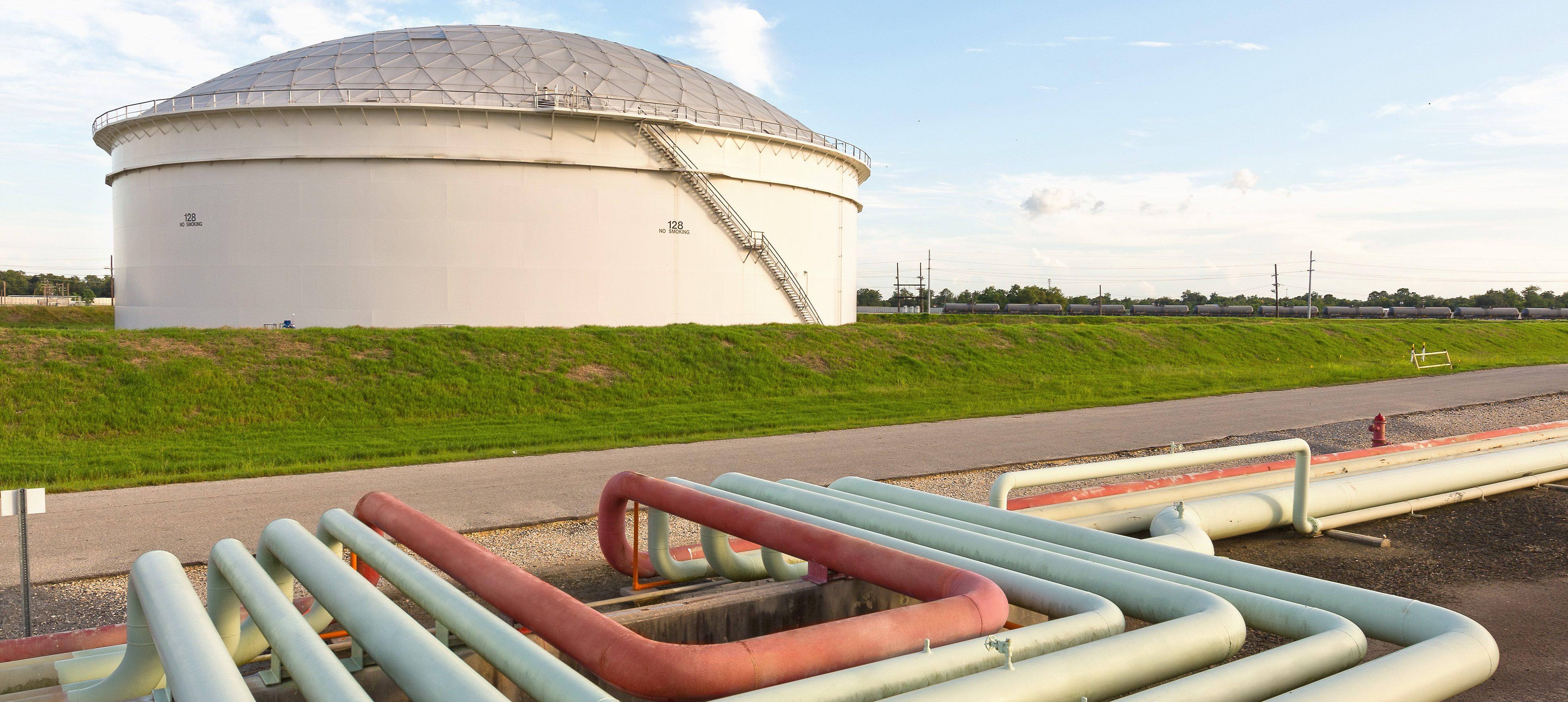
Oil prices rose in volatile trading on Monday as the jittery market awaits the outcome of OPEC’s meetings later this week and investors considered the ramifications of a trade dispute between the US and China. Phillips 66 photo.
Brent oil prices up over 2 per cent Monday
Oil prices rose on Monday as the market continued to anxiously wait to see if OPEC and Russia will decide later this week to boost their production. As well, investors weighed the ramifications of a trade dispute between the United States and China.
By the end of the session, benchmark Brent crude was up $1.90 to $75.34/barrel. US West Texas Intermediate rose 79 cents to $65.85/barrel. The Canadian Crude Index rose 87 cents to $40.68/barrel.
Brent crude prices have retreated since reaching 3 1/2 year highs of over $80/barrel in May. Speculation that OPEC and Russia will agree to boost their production to stave off an impending supply shortage has impacted oil prices.
“Volatility is going to be pretty high this week,” Bob Yawger, director of energy futures at Mizuho told Reuters. He added that hints from OPEC members and other producers, including Russia, that they will boost their production are likely to drive the market said Yawger.
“Oil prices are reversing this morning’s bout of weakness as bottom pickers enter the fray ahead of this week’s crucial OPEC/non-OPEC meeting,” Stephen Brennock, analyst at London brokerage PVM Oil Associates told Reuters.
OPEC and Russia will meet in Vienna later in the week to discuss easing the supply cut agreement which began in early 2017 and has helped reduce the world’s oversupply of crude. Russia and cartel kingpin Saudi Arabia are pushing for increases in production.
According to Russia’s TASS new agency, Russian Energy Minister Alexander Novak said that countries that have cut their production will now consider increasing their output by a combined 1.5 million barrels per day (b/d) in the third quarter only.
However, Iraq said last week that the OPEC supply cut should continue because oil prices still need support.
The market continues to show concern over rising US crude production, however, bucking that trend is Goldman Sachs which maintains its bullish output.
The multinational investment bank said “the oil market remains in deficit … requiring higher core OPEC and Russia production to avoid a stock-out by year-end”.
Goldman Sachs said it expects OPEC and Russia to boost output by 1 million b/d by the end of the year and another 0.5 million b/d in the first six months of next year.
And Paris-based Societe Generale, a French multinational banking and financial services company, says it forecasts Saudi Arabia, the United Arab Emirates and Kuwait will boost their production by a combined 500,000 b/d beginning next month. Russia is expected to increase its output by 200,000 b/d within two to three months.
“The focus will be on replacing Venezuelan losses,” the bank said.
Trade tensions between the United States and China are also pressuring oil prices after the Trump administration placed tariffs on $50 billion of Chinese imports last week. The tariffs are slated to begin on July 6.
In retaliation, China imposed duties on some US products and suggested that it may place tariffs on American crude oil.
“It’s more of a threat than anything,” Joe McMonigle, senior energy policy analyst at Hedgeye Potomac Research told Reuters. “They’re trying to gain leverage in a soft spot for Trump to use for other concessions later.”
But, Benjamin Lu of brokerage Phillip Futures said China’s threat of retaliation had spooked oil investors: “These punitive measures on bilateral trade have unnerved investors as it hurts global economic growth.”
Reuters reports that Morgan Stanley said in a note to clients that the trade spat meant that economic “downside risks have risen”.
US crude output has risen steadily in recent years due to soaring shale oil production and China has become one of the biggest buyers.


Be the first to comment